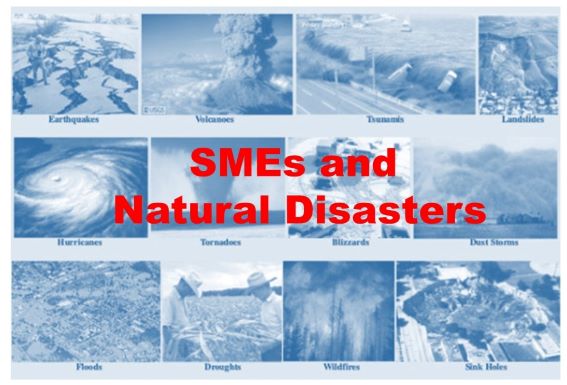BIIA member Dun & Bradstreet confronts the relative unprepared nature of businesses when it comes to natural disasters. Risk management encompasses a range of risks such as safeguarding physical assets, human resources, parties in the supply chain and customers (receivables).
Here is an excerpt of what our member Dun & Bradstreet and Pepperdine University have published recently:
Based on research by Dun & Bradstreet and Pepperdine University, the majority of businesses (58%) do not have plans established in case of a natural disaster. Disaster planning can be an arduous process, because a comprehensive plan requires consideration of multiple scenarios. Below are six preventative steps that will get you on track to developing an all-inclusive emergency preparedness plan:
- Perform a risk assessment of your company. Depending on the location and functionality of your business, you could be facing multiple risks. It’s important to prioritize and plan for each accordingly. For example, in California it’s critical to have a plan in case of earthquake, and if you work with flammable materials it’s also necessary to have a plan in case of fire or explosion. And many organizations now include cyberattacks in their emergency preparedness plans.
- Protect your employees. First and foremost, the protection of human life is the top priority for any disaster response. Create an emergency evacuation plan – and devise a way to account for each of your employees during an emergency. Consider implementing a system that will warn employees not to come into work under hazardous conditions. Once you have created your plan and have clearly communicated it to your employees, conduct regular drills to ensure that your plan works and that everyone understands it. Remember to plan for the worst-case scenario.
- Secure your assets. Review your insurance coverage to make sure that you understand what is covered in the event of an emergency, and evaluate whether you will need additional coverage based on your risk assessment. Create and maintain a comprehensive, up-to-date inventory of items and equipment – complete with photographs of each asset – and secure the inventory files off-site. Instituting regular back-up procedures for critical software and data can help you maintain access to important files in the event of a crisis.
- Don’t forget your supply chain risk management. Review your contractual obligations with vendors and suppliers. What happens if you are unable to fulfill your duties in an emergency situation? Consider discussing this at length with your vendors and adding a clause to each contract outlining the procedure that will be followed in case of emergency.
- Review regulatory requirements. Does the government or your industry require you to dispose of hazardous materials in a particular manner? Is your building up to code? Are you required to include certain variables in your emergency procedure or to have the procedure reviewed by a professional engineer? Not following such regulations could land your firm in hot water when a disaster strikes. Make sure you understand and comply with all government and industry regulations and stay up to date on any changes to your business’s regulatory environment.
- Develop and communicate a written plan of action. Your written emergency preparedness plan should include all of the elements above at a minimum. Each firm and industry will vary considerably, and you will want to consult top leaders to ensure that all your bases are covered.
Once your written plan is finished, communicate it to the entire firm and practice your procedures to make sure that your staff is fully prepared in case of an emergency. Periodically test and revise your strategy to account for organizational growth and environmental change.
How to Recover from a Natural Disaster you learn by reading the full report: https://www.dnb.com/perspectives/small-business/how-to-protect-your-business-from-natural-disasters.html



























